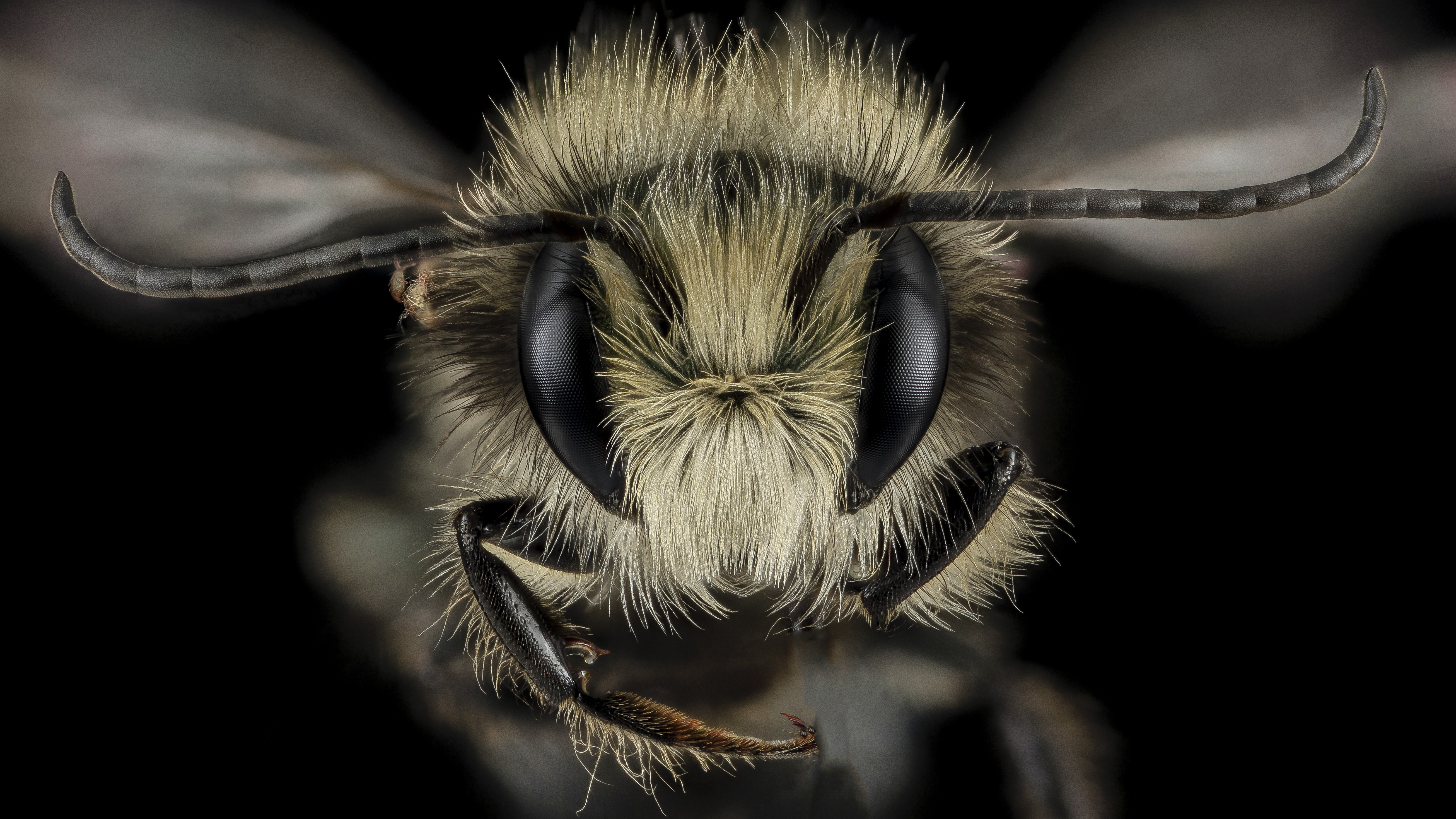Let’s pretend that you are the type of person who is interested in being part of a more sustainable food system. And let’s also suppose you are someone who wants to help make it happen, rather than waiting around on the sidelines. In that dream world, you might consider organizing an entry for this year’s Biomimicry Global Design Challenge, which asks participants to come up with designs and inventions inspired by functioning systems in nature.
The thing is, we probably don’t have to pretend or suppose, because what Grist reader doesn’t fall into the overlap in that venn diagram? People often ask me how they can get involved personally in improving the food system, but when I describe how they might participate, creatively or politically, they tend to quail. It’s just awfully hard to start from zero and figure out how to make a better future happen.
That’s why contests like this are so useful: They provide some outside motivation, and they also catalyze the formation of teams. In this case, if doing good isn’t a big enough incentive, there’s also a $100,000 prize. Plus there’s support: The organization provides a toolbox to teach participants how to use biomimicry in design, and it can pair participants with mentors. (By the way, you can sign up to be a mentor if you have an expertise — in food science, or agriculture, or design, or engineering, or business, or any number of related fields.) And finally, as I’ve implied, the challenge is focused on food this year.
I shouldn’t wait any longer to disclose that I’m helping out with the project: I’ll be a judge. Unpaid, of course. I’m involved because I believe in the power of bright people fishing around for solutions. (Edit: It didn’t work out). Grist is also a media sponsor of the challenge.
The Biomimicry Institute has been putting on challenges like this for years, but this one is a little different. It’s not just for students any more; the contest also has a section open to all people (though that’s limited to “people” as defined by the dictionary, rather than the Citizen’s United decision — no corporations, please). Another difference this year is that the goal is to drive more biomimicry-shaped products into the market. In the past, winners have been fantastic, but also somewhat fanciful. Now the designs also are judged on feasibility. The designs must work with the existing systems — and they won’t succeed without close attention to the business ecosystem.
Megan Schuknecht, the director of design challenges at the Biomimicry Institute, says that, in addition to creating pragmatic solutions, the goal of the challenge is to teach people how to design with biomimicry. “It provides a new way to view and values the natural world, and a new lens for innovation,” she said.
The deadline for submissions is Aug. 3. If you get something moving but don’t make the deadline, you’ll have another chance: Food will be the focus next year as well. Start here — even if you have no clue what you are doing, there’s a process to take you through the initial steps once you are registered.



